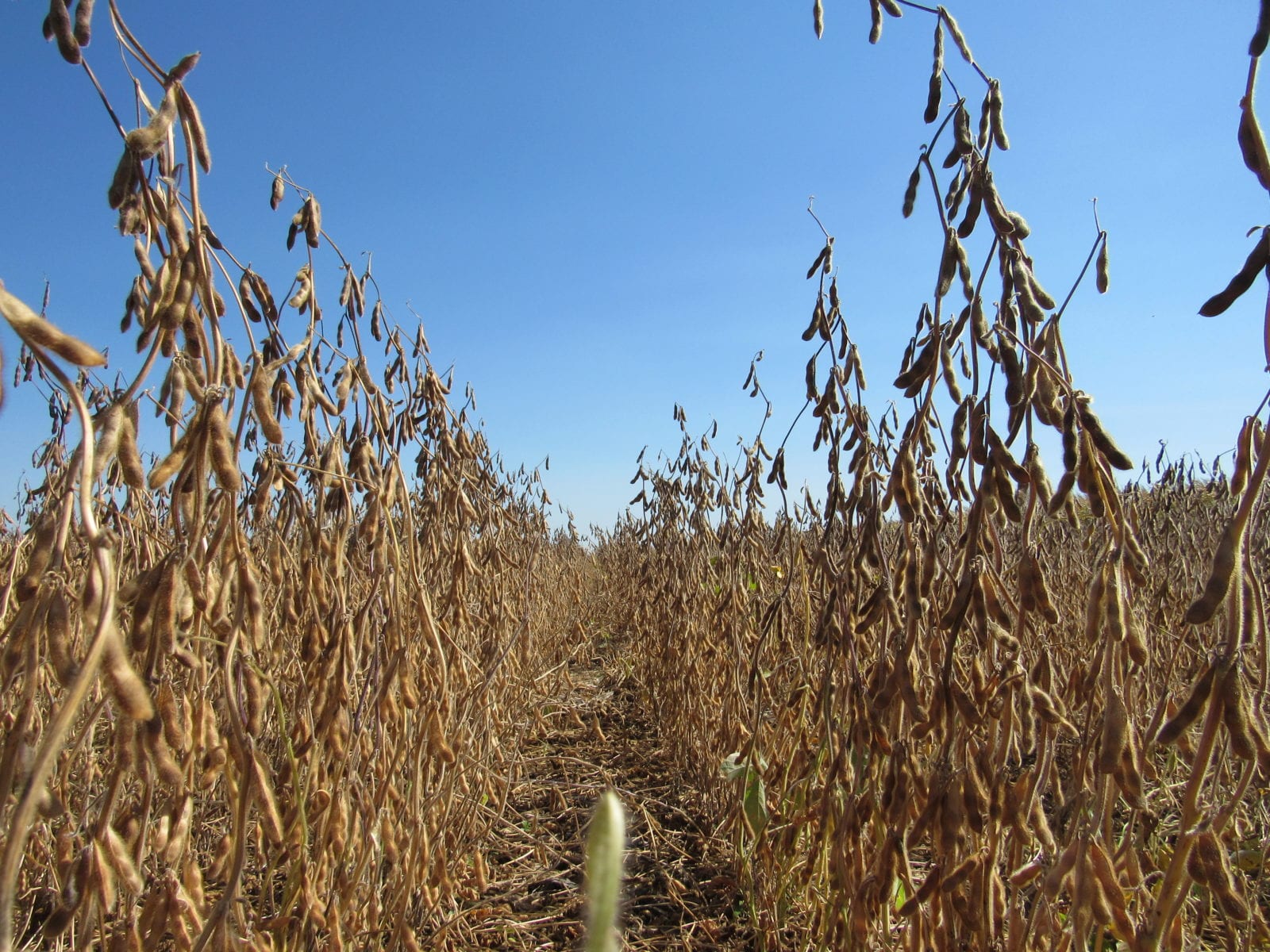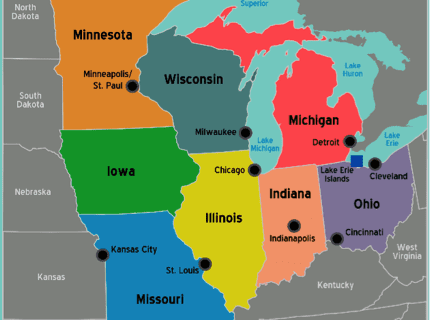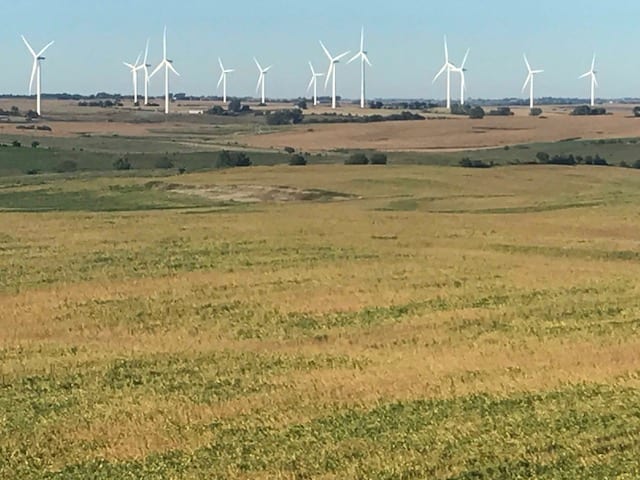Most U.S. Specialty Soybean Growers Anticipate Above-Average Yields
- Category:
- Ground Work

U.S. specialty soybean growers across the country are reporting good news about this year’s crop quality and yields, with many attributing that outcome to the benefits of timely rainfall. USSEC gathers these periodic reports from growers in order to keep its partners and overseas importers updated on the current crop.

As of late September, soybean grower Ray Gaesser of Gaesser Farms in Corning, Iowa, reports, “Our seed quality is very good and seed size is larger than normal because of the abundant August and September rainfall.”
Regarding the soybeans in Northwest Wisconsin, Andy Bensend of AB Ag Services in Dallas, WI, says, “The crop has received much needed rainfall over the past week, and will benefit with some increase in seed size.” He notes that the food soybean crop is on track for an average to above-average yield, except for places with the sandiest soils, where moisture stress will limit yields.
Jim Traub of Clarkson Grain Company based in Cerro Gordo, Illinois, predicted in August that area soybeans had a yield potential of 75 to 80 bushels (just over 2 metric tons) per acre and his estimate has proven to be accurate. Traub says, “Reports are consistently in the 75 to 85 bushels per acre range across Piatt, Macon, Coles and Champaign Counties.” He adds that he has heard of some yields of 90-plus bushels per acre in the Logan County area of the state.
As of the second half of September, Gene Leach, Crop Production Specialist for Healthy Food Ingredients in Fargo, North Dakota, reports, “The 2018 soybean crop in North Dakota and in the northern two-thirds of Minnesota is now mature, or very close to it, depending on planting date, varietal maturity rating, location and growing conditions. Since the August crop report, most areas received rainfall. It is unknown how much the rainfall accentuated yield, since the crop was getting close to maturity.” Leach adds that the rain also came with what growers refer to as ‘The Great White Combine,’ or a hailstorm. “Many of our organic growers in southern Clay County, Minnesota, were dealt a devastating blow.” He notes that those areas not affected by hail, encompassing most of the region, are expecting a good harvest. The majority of growers are expecting an above-average yield.
Ben Glass of Zeeland Farm Services in Zeeland, Michigan, notes that initial harvest yields are reported to be above average. Depending on the region, he says, yields are 44 to 80 bushels per acre.
When sharing a mid-September crop report on the non-GMO and organic soybean crops in a ten-state growing area, Identity Preserved Crop Specialist Craig Tomera of Grain Millers in Eden Prairie, Minnesota, also takes regional variations into consideration. According to the report, all states are reporting above average crop development for soybeans for this time of the year. Warm, sunny mid-September weather in many areas was expected to further advance crop maturity. “Illinois, Indiana, Ohio, and Michigan are showing significant increases in crop conditions, especially of their soybean crop. The recent rainfall was beneficial for final pod fill, especially in dry areas and later planted areas.” Grain Millers’ growers are located in Minnesota, North Dakota, South Dakota, Iowa, Wisconsin, Illinois, Indiana, Michigan, Ohio and Missouri.
As Gene Leach summarizes this year’s soybean crop in the area of North Dakota and Northern Minnesota, “Most growers are expecting the quality to be above average this year, due to the lack of disease and insect pressure during the growing season.” He says that once the full season varieties are harvested, yields should be commensurate with the good yields expected by most growers.


